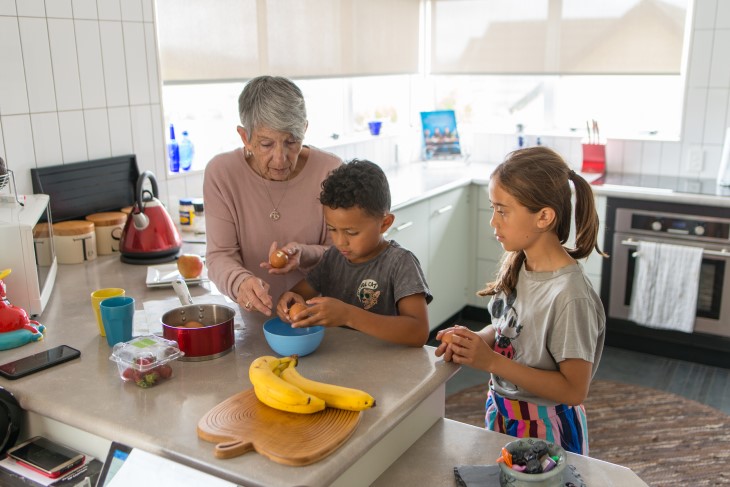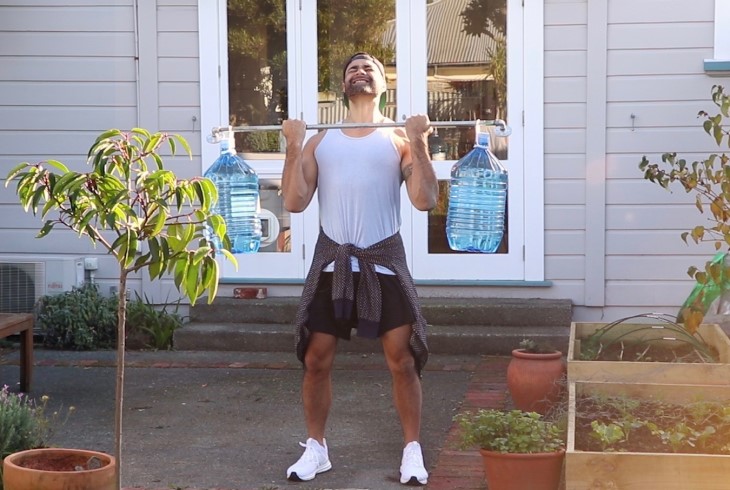The chilling truth: winter injuries in and around the home
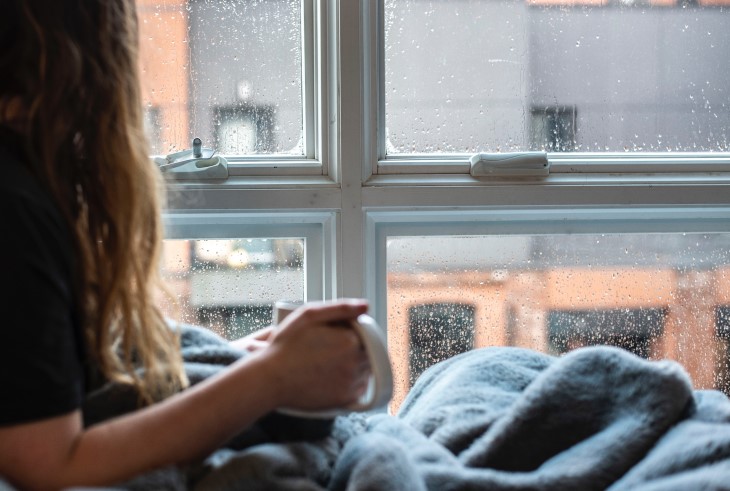
The cold winter weather means staying warm in our homes. But does more time at home mean more home-based injuries? We got some surprising answers.
It’s the time of year where we dig out our favourite blankets, fill up the hot water bottles and get the heater pumping.
As the cold sets in outside we spend more time in our homes. But does this extra time we’re spending at home mean we have more home-based injuries?
We dug into our data to see just how we’re hurting ourselves while we’re hanging out at home in winter.
Hot and cold
It may surprise you that winter has the lowest amount of new injury claims in the last five years when compared to the other seasons. Despite spending more time indoors, we’re staying a bit safer during that time inside.
The last five summers racked up a total of 1,313,265 new injury claims, as where the last five winters totalled 1,116,440.
However, over 200,000 home-based injuries every winter is a statistic we want to change, so how exactly are we hurting ourselves at home over the chilly season?
We broke down the top five causes of injury around the home from the last five winters (2017-2021) to help you stay safe while you’re staying warm.
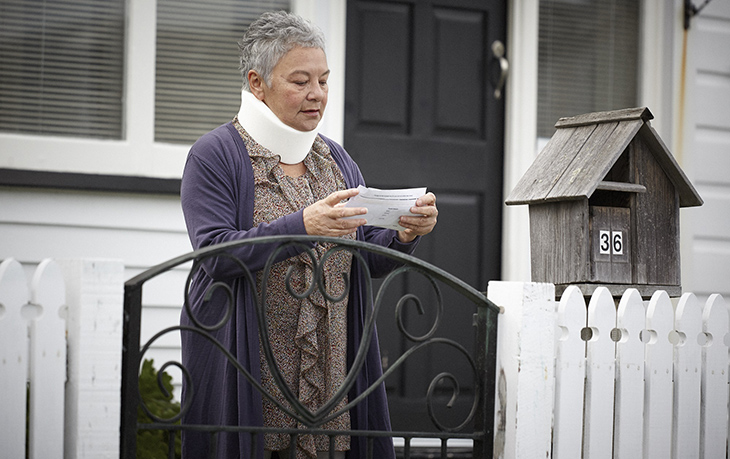
1: Falls
It’s well-known that falls are the top cause of injuries at home, and unfortunately winter is no different.
In the last five winters, 295,837 people had a fall in their home that resulted in a claim with ACC.
Making homes fall-friendly is simple. Pieces of décor like rugs and mats are one of the biggest culprits when it comes to falls in homes, so have a look at how many you have on your floors.
Loose electrical cables are a shocker at sending us flying, as well as toys and other objects that don’t belong on the floor. Taking a few seconds to move something out of the way can make a world of difference.
Falls are most commonly attributed to our older population, but our 0-9 age group is just as likely to have a fall-related injury at home.
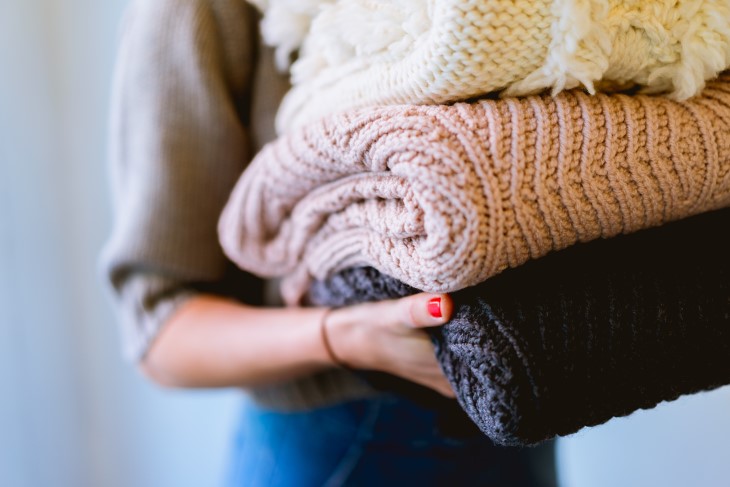
2: Lifting and carrying
Whether it be unloading a storage cupboard, re-locating furniture or carrying a little one, we lift a lot of things at home.
The flow-on effect is that over the last five years we’ve had 203,528 new claims from lifting/carrying-related injuries.
Preventing injury when lifting and carrying breaks down to two areas: knowing your limits and maintaining good form. Our bodies will tell us when we’re lifting something that’s too heavy, and we need to listen.
If you need tips on how to correctly move things or little people around your home, check out TBI Health’s guide to manual lifting.
3: Slipping/skidding
We’ve all had an experience with the heart-in-mouth moment when your feet slide away from you on a wet surface. For some, it’s worse than a brief fright.
105,574 people over the last five winters have had a home-based injury caused by slipping or skidding.
Slippery surfaces can be difficult to spot, but knowing the types of surfaces around your home can help prevent injury. Tiles inside or outside your home, smooth or glossy concrete on your driveway and wooden floors indoors are all surfaces that can easily send you skidding when wet.
If there’s a spill around your home it’s important to clean it up immediately. If it’s been raining outside, simply being aware of the potential danger and wearing appropriate footwear can get you where you’re going safely.
Ice in winter is very hard to spot, but if you notice that the ground is shinier than usual it may be due to surface ice. If you see it, melt it.
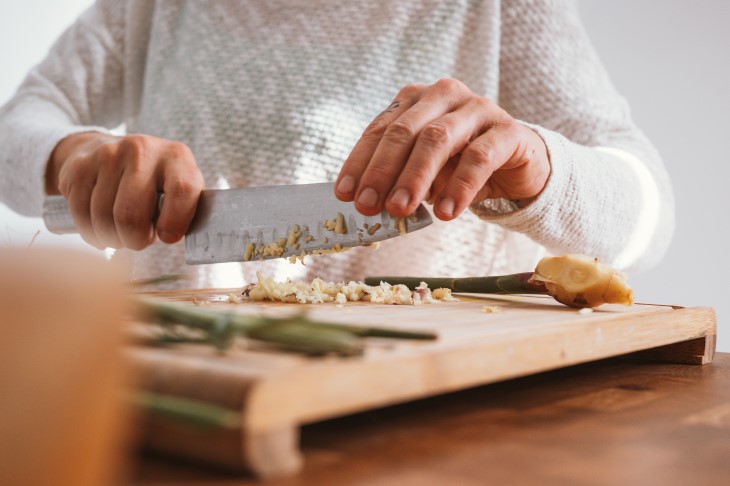
4: Puncture
This isn’t a word anyone likes to hear when talking injuries, but as the fourth most common cause of home-based injuries it’s one we need to be aware of.
In the last five winters, 87,431 people around the motu (country) sustained an injury caused by a puncture. They happen by stepping on a sharp object, accidentally grabbing onto something sharp or slipping while preparing food.
Consider putting sharp objects where they can’t hurt anybody. Home safety is about the small things.
If you’re preparing the roast vegetables or a lovely soup always take a moment to practice good knife safety. Here’s some expert advice from a Kiwi chef about knife safety:
ACC - Five expert knife tips from a Kiwi Chef
5: Twisting movement
When you think about home-based injuries this probably isn’t one that immediately springs to mind. However, the number of home-based injuries caused by twisting may surprise you.
Totalling 87,100, the last five winters have shown that twisting movement injuries at home is something to be aware of.
We more commonly refer to it as putting our back out, but turning suddenly and twisting our back can cause various painful injuries. Take a moment to think about turning your whole body around rather than just twisting your back.
From 2017-2021 more than
and over
During the same time
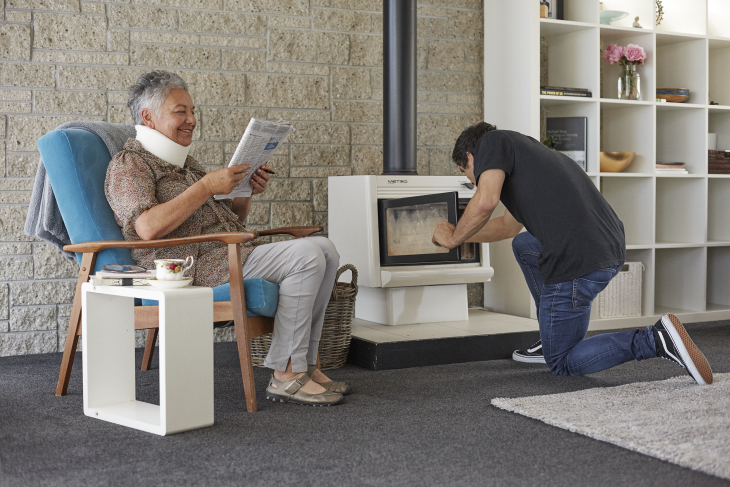
How do they do it?
While the causes of the home-based injuries might surprise you, it’s only half the story. What we’re hurting and how we hurt ourselves plays a part in staying safe at home too.
Home-based injuries aren’t because we’re doing anything extreme. Often we’re comfortable at home and not doing anything out of the ordinary. Have a look at the table below and see if you can spot something you do on a daily basis:
| Prior activity | Five-year claim total |
| Walking/running | 176,833 |
| Lifting/loading | 154,738 |
| Recreation/sport activity | 75,949 |
| Getting in/out of | 58,929 |
| Ascending/descending | 55,623 |
So what were we doing before injury struck? The answer is simple: living our lives.
Preventing injuries around the home is as simple as taking a moment to add injury prevention thinking into our everyday lives. Have a ‘hmmm’ to prevent harm.
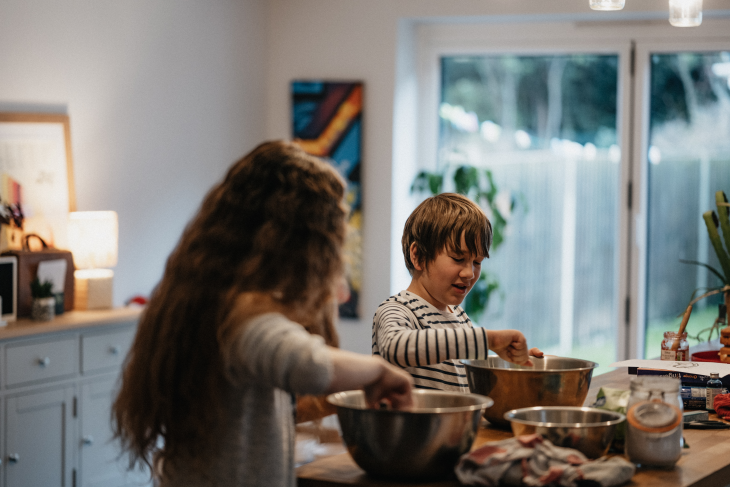
Looking after more than just ourselves
Numbers are great to digest, but they are telling a larger story too. There is one area of our statistics that highlights a key focus, and that’s our older population.
The highest age range affected by home-based injuries by far is our 60+ age group. With over 352,000 claims over the last five winters, our older population has more than 40,000 additional claims than the 40-59 age group.
Being injured when you’re older is harder to manage and we become more susceptible to injury. While we need to look after ourselves, we also need to take care of our older folks at home.
A fall or lifting injury can change the life of an older person forever, so next time you’re at the home of someone older take a moment to help them set their home up for safety.
If we all Have a ‘hmmm’ together, we can change these winter home statistics for the better.



